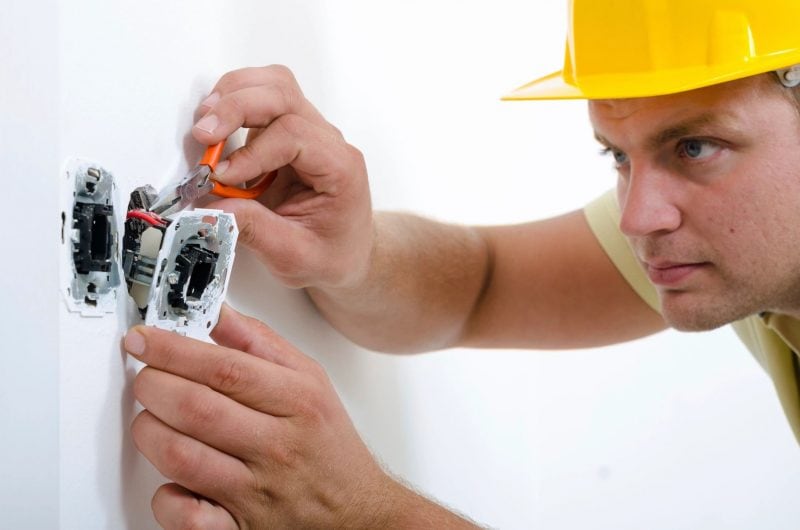How often do you think about your home’s wiring? Not the wires and cables connected to your devices and appliances, but the wiring inside the walls, that powers everything? If you are like most people, the answer to this question is – not very often. After all, you don’t see this wiring and unless some type of issue occurs, you don’t think about it, either.
However, consider this:
- Each year, fire departments in the U.S. respond to more than 25,900 home electrical fires, according to statistics from the U.S. Fire Administration.
These fires result in over $1.1 billion in damages and property loss, 1,125 injuries and 280 deaths on average.
Additionally, up to 39 percent of all home electrical fires will involved receptacles and outlets, interior wiring in your home, and other electrical wiring.
Even though these numbers are shocking, there are some steps you can take to prevent your home from becoming a part of this statistic. One of the first things you need to do is watch for signs that it is time to rewire, repair or even update your home wiring system.
While a complete home rewire can be quite costly, the investment will be minimal when compared to how important it is to keep your family and your home safe.
Warning Signs it is Time to Consider Rewiring
The good news is, you don’t have to guess whether or not rewiring is necessary. Your electrical system is going to provide “hints” or “clues” that the time is here. If you notice any of the following warning signs, then you need to have a professional electrician inspect your home’s wiring right away:
- An over-fused or over-amped electrical panel
- Frequent tripped breakers or blown fuses
- Flickering or dimming lights, which indicate a circuit has a loose connection or is overloaded
- Discolored or hot switch plates, plugs or cords
- A burning odor
- Light bulbs that burn out often in the socket
- Sizzling or buzzing sounds
- Loose outlets
- Sparks or arcs form the outlet when you are plugging in or unplugging a cord
- Broken, cut or cracked insulation
- Electrical jolt or shock when plugging in or touching a cord
Additional Reasons to Have Your Home’s Wiring Checked
While the above are some of the most common indications of a home wiring issue, the U.S. Consumer Product Safety Commission has also highlighted even more warning signs, indicating faulty wiring.
Even if there are no “symptoms” of a problem, you should have your home’s electrical system inspected if any of the following issues are present:
- If your home uses aluminum rather than copper wiring
- If your home is more than 40 years old
- If you have a home that still relies on two-prong, ungrounded outlets
- If you rely on extension cords for power
An electrician can inspect the existing wiring and any issues you may be having to determine if home rewiring is necessary. Relying on their expertise will ensure you keep your home and family safe.
